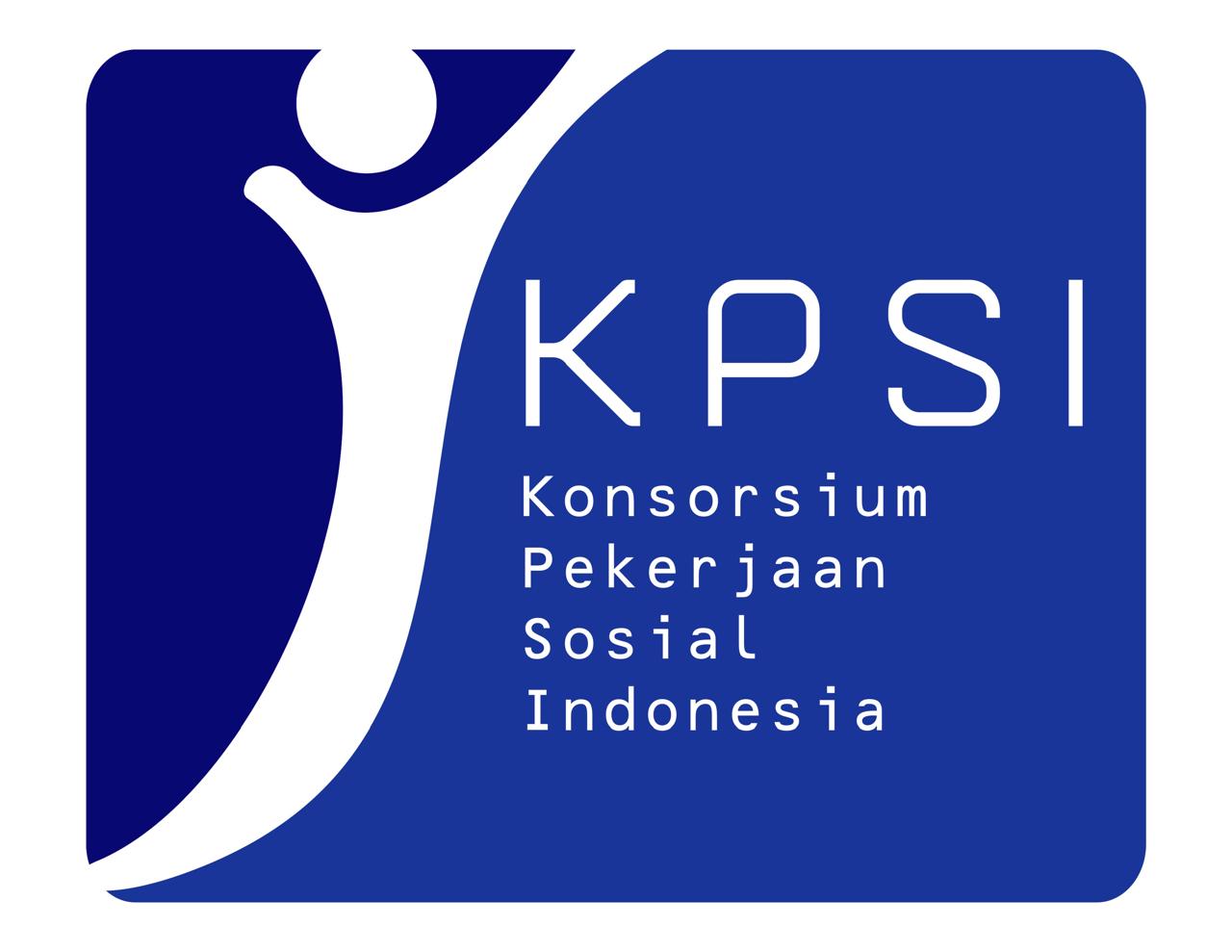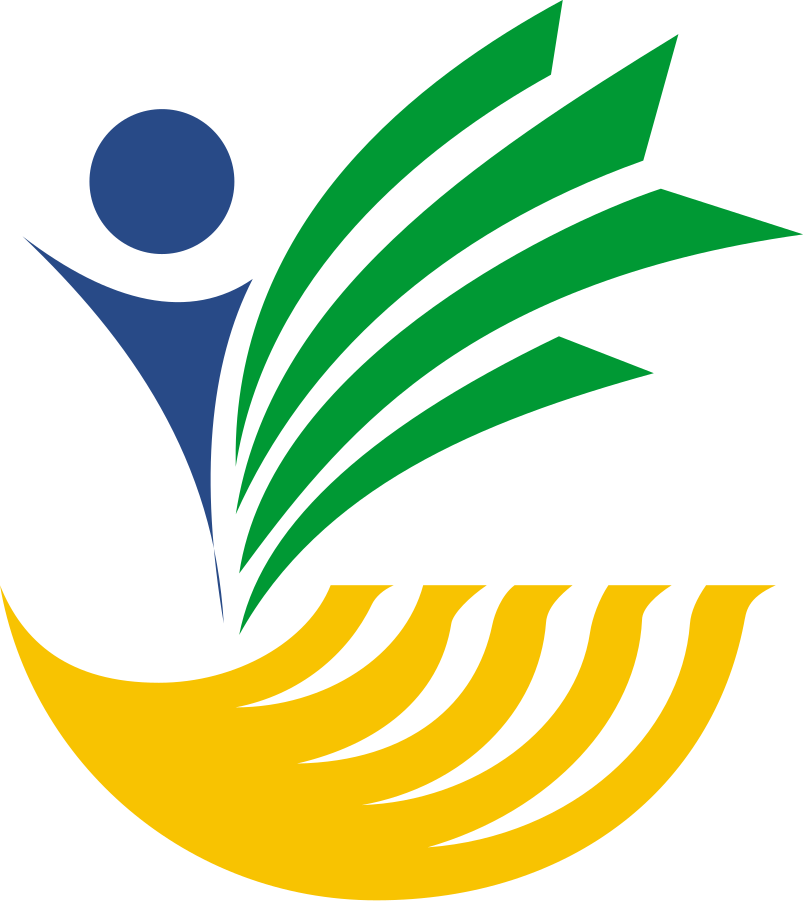Submissions
Submission Preparation Checklist
As part of the submission process, authors are required to check off their submission's compliance with all of the following items, and submissions may be returned to authors that do not adhere to these guidelines.- The submission has not been previously published, nor is it before another journal for consideration (or an explanation has been provided in Comments to the Editor).
-
The Manuscript is written in English using the manuscript template of ASEAN Social Work Journal
- The Article must be single-spaced, in 10-point Arial font, and between 11 - 15 pages (including references).
- References with a bibliography software package, such as Mendeley, EndNote, Reference Manager or Zotero. Using the system cites APA (American Psychological Association) Style and the 6th edition
Articles
Manuscript Preparation Guidelines
Structure of the manuscripts
- Title. The title should be short, clear, and informative, but does not exceed 20 words. It has to be pinpoint with the issues discussed. The article title does not contain any uncommon abbreviations. The main ideas should be written first and followed by its explanations.
- Author’s names and institutions. The author's names should be accompanied by the author's institutions, and email addresses, without any academic titles and job title. If the author is more than one person, please indicate a corresponding author (in bracket after the author’s name) on the authors list, and the email address. The corresponding author is an author who communicates with the editor/managing board
- Abstract. Abstracts is written in a single paragraph of about 200 words maximum. For research articles, abstracts should give a pertinent overview of the work. We strongly encourage authors to use the following style of structured abstracts, but without headings: (1) Background: Place the question addressed in a broad context and highlight the purpose of the study; (2) Purpose of the Study: Identify the purpose and objective of the study; (3) Methods: Describe briefly the main methods or theoretical framework applied; ; Use a past tense (4) Results: Summarise the article's main findings; and (5) Conclusions: Indicate the main conclusions or interpretations.
- Keywords.List three to five pertinent keywords specific to the article; yet reasonably common within the subject discipline; use lower case except for names
- Introduction. The introduction is written sequentially containing the background, problem formulation, questions and research hypotheses (optional). If there is a literature review, it can be included in this chapter. The research objectives should be written at the end of the introduction.
- Methodology. The research method must describe the method used in dealing with the problem, including the method of analysis. It should contain sufficient detail to enable the reader to evaluate the feasibility of the method as well as the reliability and validity of the findings. The method includes an explanation of the type/nature of the research, data collection techniques, research locations, research time, and data analysis techniques.
- Results. The results obtained from the research have to be supported by sufficient data. The research results and the discovery must be the answers, or the research hypothesis stated previously in the introduction part.
- Discussion. Authors should discuss the results and how they can be interpreted with the theoretical/conceptual framework, perspective of previous studies and of the working hypotheses. The findings and their implications should be discussed in the broadest context possible. Future research directions may also be highlighted. The following components should be covered in the discussion: How do your results relate to the original question or objectives outlined in the Introduction section (what/how)? Do you provide interpretation scientifically for each of your results or findings presented (why)? Are your results consistent with what other investigators have reported (what else)? Or are there any differences?
- Conclusions. Conclusions must reflect the answers given from the hypotheses and/or research objectives or findings obtained. Conclusions should not contain repetition of research results and discussions, and should instead contain a summary of research results and findings as expected in the research objectives or hypotheses
- Suggestions. Suggestions should present things that will be done in connection with the concept of further research. Suggestions can contain academic recommendations, concrete follow-up, or policy implications of the conclusions reached.
- Acknowledgments. In this section, you can acknowledge any support given, which is not covered by the author's contribution or funding sections. This may include administrative and technical support, or donations in kind (e.g., materials used for experiments).
- Author/Authors Brief Bio. The authors should place a brief bio before References. It includes final education, job/position and experiences in research or social work fields or government policy.
- References. The literature listed in the References contains only the sources referenced or included in the article. We recommend preparing the references with a bibliography software package, such as Mendeley, EndNote, Reference Manager or Zotero to avoid typing mistakes and duplicated references. Writing techniques bibliography, using the system cites APA (American Psychological Association) Style and the 6th edition.
Copyright Notice
Authors who publish in ASEAN Social Work Journal agree to the following terms:
- Authors retain copyright and grant the journal right of first publication with the work simultaneously licensed under a Attribution-ShareAlike 4.0 International (CC BY-SA 4.0) License that allows others to share the work with an acknowledgment of the work's authorship and initial publication in this journal.
- Authors are able to enter into separate, additional contractual arrangements for the non-exclusive distribution of the journal's published version of the work (e.g., post it to an institutional repository or publish it in a book), with an acknowledgment of its initial publication in this journal.
- Authors are permitted and encouraged to post their work online (e.g., in institutional repositories or on their website) prior to and during the submission process, as it can lead to productive exchanges, as well as earlier and greater citation of published work (See The Effect of Open Access).
Privacy Statement
The names and email addresses entered in this journal site will be used exclusively for the stated purposes of this journal and will not be made available for any other purpose or to any other party.



























